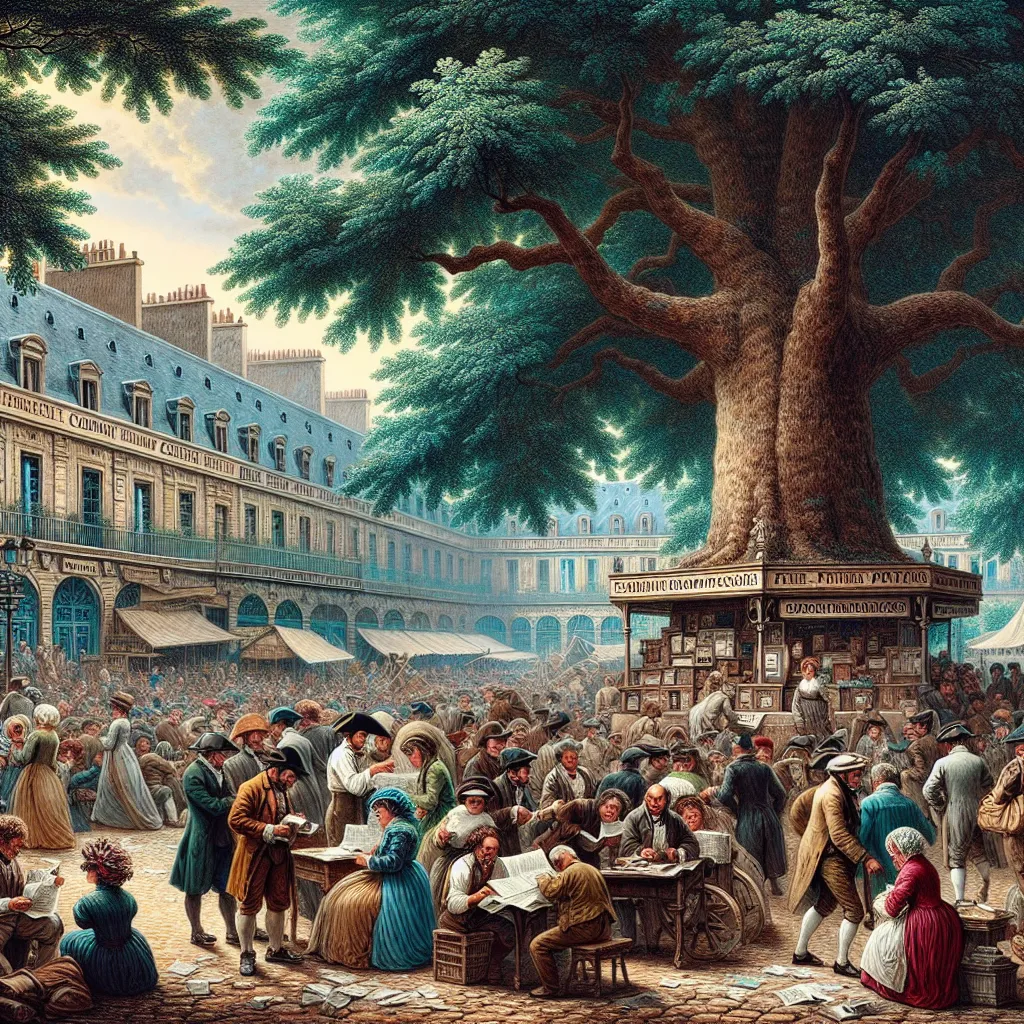Review of the book Robert Darnton's Revolutionary Backlash.

Robert Darton's book, "Revolutionary Temperament: Paris, 1748-1789" - is a wide-ranging account of events in Paris, examined from a Parisian perspective, from the disastrous wars to the struggle for religious toleration.
The Cracow Tree was a huge chestnut grove that stood at the northern end of the Palais Royal gardens, in the heart of Paris, in the years before the French Revolution. Under its branches, scandalized people gathered daily to spread the news orally, as was the custom in the "old regime." It was part of the information system, a sort of eighteenth-century equivalent of social media, and, like its contemporaries, was rife with rumors, speculation, conspiracy theories, and dubious claims. In the system''and wild rumors. Sometimes politics bypassed censorship - often with the collusion of disgruntled courtiers - and took to the streets of Paris.
Darton provides a comprehensive overview of subsequent events from a Parisian perspective, including disastrous wars, struggles over Enlightenment ideas, struggles over religious tolerance, and frenzy over all sorts of new phenomena such as balloons and mesmerism. He reveals this history through emotional sources, including pamphlets, libel cases, court memoirs, and songs, the latter especially dangerous because they reached through all sectors of society, including the poor and illiterate.
The French capital was accustomed to riots known as "emotions of the people." Many of these arose from a lack of''food, poverty, and famine; others arose from sinister rumors, such as the outrage in 1750 that followed the disappearance of children from the streets of Paris, when stories circulated that they had been kidnapped by masked police agents and their blood intended for baths to cure aging nobles of leprosy. Popular retribution sometimes reached its climax at the Place de Grève, the traditional site of prolonged public executions, in ritualized acts of mob brutality that were repeated in the summer of the first revolution.
Criticism of the monarchy reached new heights with the Diamante Necklace affair in 1785, when the public believed the scandalous theory that Marie Antoinette had encouraged the sexual molestations of a cardinal in order to''to receive a diamond necklace of immense value. Imagination and suspicion were given free rein. Pornographic pamphlets portrayed the queen as a sexually depraved parasite feeding on the people. The police confiscated the most libelous texts, locking them up in the Bastille prison. After the prison fell, they began to circulate again, further gloating the queen's reputation.
It was not scandalous literature, however, but state bankruptcy that brought about the demise of the old order and opened the door to revolution.




Comment
Popular Posts
Popular Offers

Subscribe to the newsletter from Hatamatata.com!
Subscribe to the newsletter from Hatamatata.com!
I agree to the processing of personal data and confidentiality rules of Hatamatata










